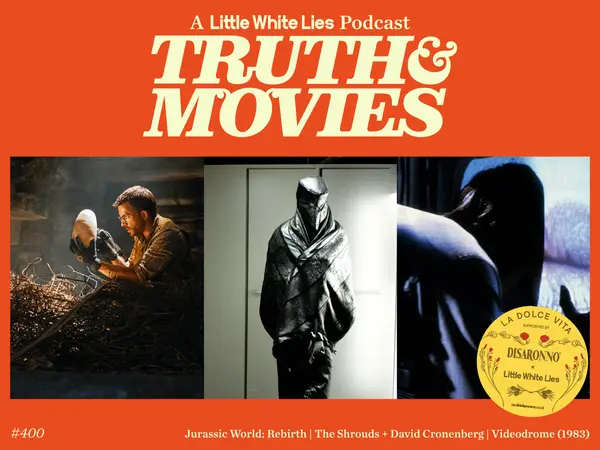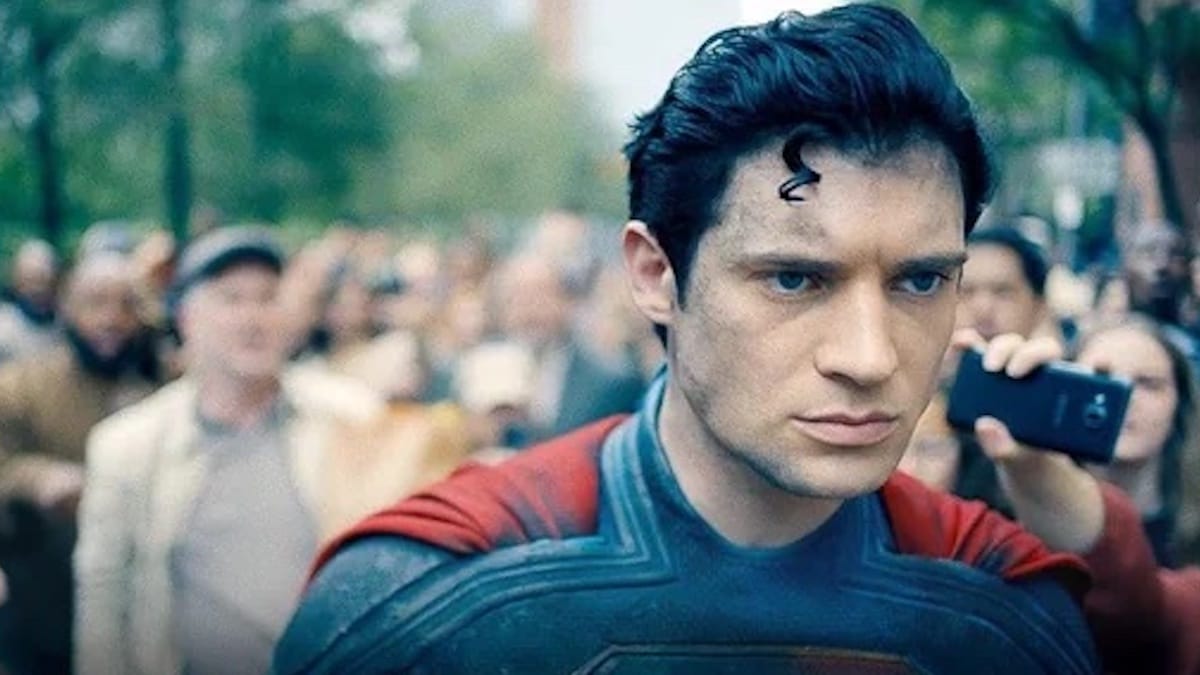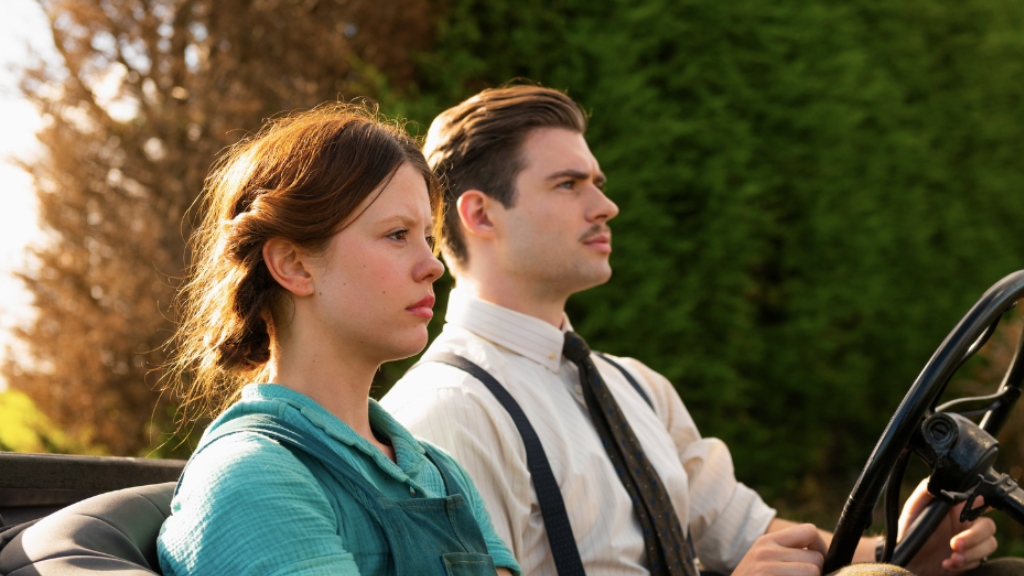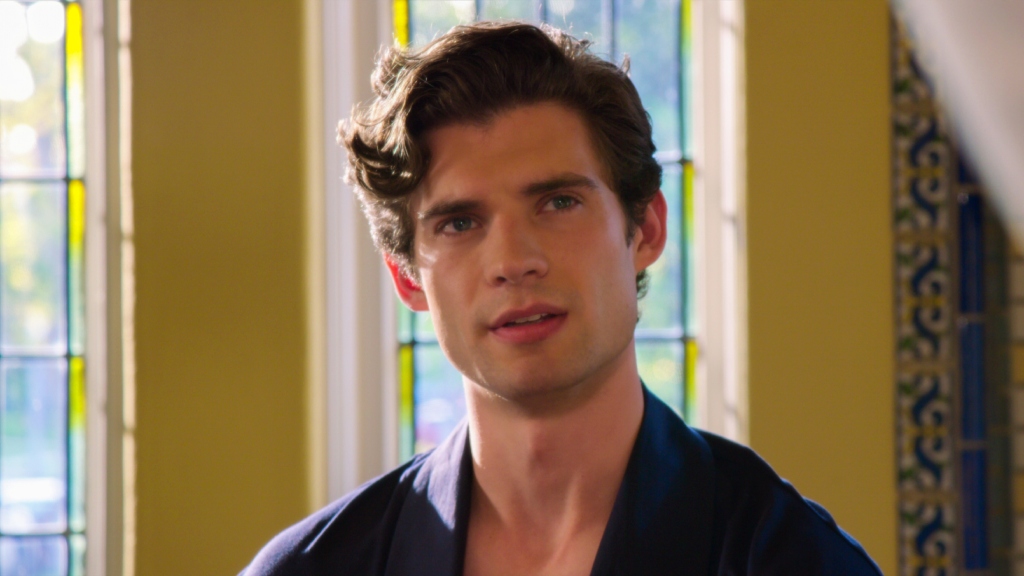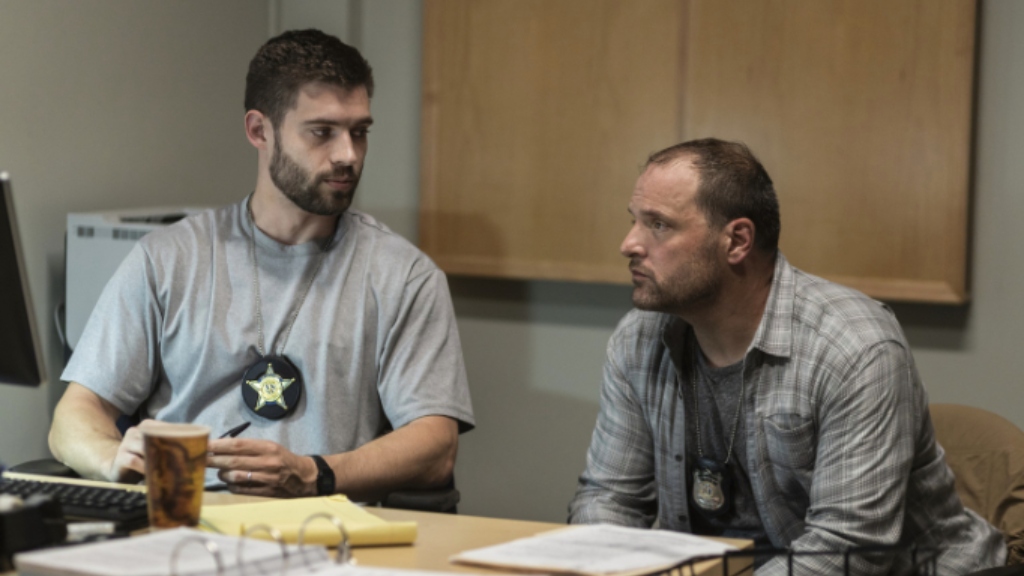Introduction
It’s hard to believe that David Fincher’s Se7en has been around for thirty years. Released in September 1995, the film continues to hold the power to shock, disturb, and fascinate. With its unforgettable ending and relentless mood, it has carved out a permanent place in film history. A dark, disturbing yet visually stunning film, Se7en was one of the defining films of the 1990s cinema renaissance—a decade where horror and noir merged.
The story of two detectives tracking a killer who uses the seven deadly sins as a pattern for his murders was bold, unsettling, and unlike anything audiences had ever seen. At a time when many thrillers favored action and happy endings, Se7en leaned into darkness and despair.
Upon release, Se7en didn’t just stand out, it stood alone, and thirty years later, the film continues to provoke debate and admiration. Its influence can be seen in countless crime dramas and psychological thrillers that followed in the ensuing decades. But few have matched its impact. On this milestone anniversary, we look back at how Se7en came to be, the people who brought it to life, and the chilling legacy it has left behind.

Beginnings
The roots of Se7en trace back to screenwriter Andrew Kevin Walker, who penned the script in 1991 while working at Tower Records in New York City. Walker’s time in the city left him bitter and disillusioned, a mood that bled into every word of his screenplay. The script, which was grim, unrelenting, and audaciously downbeat, was passed around Hollywood, initially drawing interest but little commitment. Andrew Kevin Walker spoke to Uproxx in 2015:
“I had moved from a very suburban upbringing in Pennsylvania, so New York City, for me, was a real culture shock. I was in New York from ’86 to ’91, so it was the height of a lot of New York City-specific stuff, like the crack cocaine epidemic on the rise…The idea — “seven deadly sin murders” — was a reaction to living in New York and putting myself in a John Doe head space where you could walk down the street and see every “deadly sin” on every street corner”
In 1992, Walker met producer Arnold Kopelson (Platoon, The Fugitive). Kopelson saw the raw power of the script, but studios thought it was too downbeat and balked at the film’s now-iconic ending, which involved a certain someone’s head in a box. Se7en lingered in limbo with Walker rewriting the ending to be more upbeat. Then, a critical miscommunication changed everything. Walker’s original script (with the head in the box) accidentally made its way to director David Fincher. He loved it and was immediately on board.

David Fincher
David Fincher came to Se7en licking the wounds of his disastrous experience on Alien 3, his directorial debut. The studio interference and on-set chaos of that production nearly drove him out of filmmaking entirely. When Se7en came along, Fincher saw an opportunity to tell a story without compromise. Fincher, who had made a name for himself directing music videos, had once famously said:
“I’d rather die of colon cancer than make another movie”
While turned off by studio interference, Fincher saw the dark and brooding potential of Walker’s script and was intrigued. When New Line Cinema sent Fincher the corrected screenplay, the director balked and insisted that he would only direct Walker’s original vision. De Luca, the head of production at New Line Cinema, also agreed that filming should begin as soon as possible to subvert studio interference, which Fincher was wary of.
Kopelson and executives at New Line continued their efforts to make changes to the original script, while Fincher and de Luca pushed back, forming a united front against the studio. The duo got the leverage they needed when big-name actors became attached to the project, including Morgan Freeman, Brad Pitt, and Kevin Spacey. Pitt specifically agreed to join the cast on the condition that the head-in-the-box ending remained in place.

Casting
Offered to and rejected by both Denzel Washington and Sylvester Stallone, the script for Se7en arrived on Brad Pitt’s doorstep at a critical time in his career. Following the release of both Interview with the Vampire: The Vampire Chronicles and Legends of the Fall (both 1994), Pitt was becoming typecast into the hunky, one-dimensional leading man roles that he railed against for much of his career. Fincher didn’t initially consider Pitt for the role of Detective Mills. But that changed after the two met. Fincher believed Pitt’s likable personality would be the perfect counter-balance to some of the character’s questionable actions.
Walker named the character of Detective Somerset after writer W. Somerset Maugham. Initially, he saw actor William Hurt (Kiss of the Spider Woman, Body Heat) playing the character. However, Fincher and de Luca both decided on Morgan Freeman after Robert Duvall and Al Pacino rejected the part. Still, New Line was hesitant to pair a black detective with a white one, as that might be seen as copying the successful Lethal Weapon franchise formula.
Robin Wright and Christina Applegate both auditioned for and turned down the role of Tracy, Detective Mill’s wife, before being offered to Pitt’s real-life partner at the time, Gwyneth Paltrow. About 100 other actors also tested for the role. The number of big-name actors who either auditioned for or turned down the part of serial killer John Doe is impressive. Ned Beatty, Val Kilmer, Gene Hackman. R. Lee Ermey and R.E.M. front man Michael Stipe were all considered before finally landing on Kevin Spacey. Spacey insisted his name be omitted from the film’s marketing and opening credits to protect the killer’s identity from viewers.
Filming
Principal photography on Se7en began in December 1994 and took place primarily in Los Angeles. Select locations were dressed to resemble a generic urban landscape. The production design emphasized deterioration, anonymity, and atmospheric gloom. Fincher opted to use rain machines in outdoor scenes to establish a sense of constant doom and oppression. Fincher had a deliberate visual and tonal strategy for the film. He sought to depict a setting devoid of hope and defined by entropy and decay.

Working with cinematographer Darius Khondji, Fincher created a visual environment that was characterized by low-key lighting, saturated shadows, and persistent rainfall. These elements contributed to an intentionally ambiguous setting, one without clear geographic or temporal markers. In addition, Walker was on set throughout the production to provide suggestions or quick rewrites, if needed. However, he did not contribute much as Walker wanted Fincher to adapt the script with the director’s artistic vision intact.
Aesthetically, Se7en was influenced by films such as All That Jazz (1979), The Silence of the Lambs (1991), Klute (1971), The French Connection (1971), and others. Darius Khondji named Klute as his biggest influence in terms of what he was going for stylistically. Khondji spoke with American Cinematographer in 2018:
“Back when we were doing Se7en it (Klute) was a major discovery for me since Gordon Willis’ work on that movie has everything in it: the use of toplight, using widescreen compositions for intimacy rather than big vistas, the way that vertical strips of the city are shown in horizontal mode, the fragments of faces and bodies”
Brad Pitt, who was only available for fifty-five days before he began filming 12 Monkeys (1995), insisted on performing his stunts throughout the filming of Se7en. The result was slipping on the rain-slickened hood of a car and crashing through its windshield. The actor suffered cut tendons and nerves in his left hand. Pitt returned to the production a few days later, having received stitches and a cast on his forearm, which had to be written into the script. You’ll notice throughout parts of the film that Pitt keeps his left hand obscured from view.
https://www.youtube.com/watch?v=KPOuJGkpblk
Post-Production
New Line was less than thrilled when they saw how dark the dailies were, and Khondji suggested that the footage be printed brighter. Fincher, learning from his experiences on Alien 3, refused to compromise. Subsequently, Fincher and Kopelson turned early footage into a promotional showreel that they had screened for all the theater owners at the ShoWest convention in Las Vegas. The footage tested positively, and the interference from New Line quickly stopped.
Editor Richard Francis-Bruce worked closely with Fincher to achieve the right pacing and tone. The opening title sequence, designed by Kyle Cooper, featured startling jump cuts, handwritten typography, and disturbing imagery from the journals of the killer. All of this was scored by a fantastic remix of the Nine Inch Nails song “Closer.” All of it is classic Fincher, and the result is one of the best title sequences in film history.
Composer Howard Shore worked closely with Fincher to develop an ominous yet subdued score that would match the visually grim aesthetic. Shore’s music, coupled with the film’s sound design, emphasized ambient noise and heightened the atmosphere of dread. Dialogue was mixed with care to maintain clarity in scenes often filled with rain, ambient city noise, or emotional tension. Along with Nine Inch Nails, David Bowie, The Statler Brothers, Gravity Kills, Marvin Gaye, Gloria Lynne, Haircut One Hundred, Billie Holiday, Charlie Parker, and Thelonious Monk all contributed to the eclectic soundtrack.
What’s In The Box?
One of the most debated aspects of Se7en is its harrowing conclusion. The film ends with Detective David Mills discovering that the killer, John Doe, has orchestrated the murder of Mills’s wife, Tracy, and had her head delivered in a box to provoke Mills into fulfilling the final deadly sin, wrath. Needless to say, Kopelson and the suits at New Line were not thrilled with this downbeat ending and made every effort to have it changed.

Kopelson and New Line suggested multiple alternative scenarios, including one in which Tracy survived or that the box contained something less graphic. They believed that the audience might not accept such a grim final twist. However, both Pitt and Fincher were adamant that the original ending be unaltered. Pitt, in particular, made it a condition of his continued involvement with the film. Otherwise, he would drop out of the project. Fincher agreed, maintaining that the entire narrative structure depended on the inevitability of that final moment.
Michael De Luca also played a pivotal role in preserving the script’s integrity. As a senior executive at New Line, he was one of the few who supported the filmmakers and resisted internal pressure to modify the ending. In the end, the combined efforts of Fincher, Pitt, and De Luca prevailed. The result was one of the most iconic endings to a film in modern cinema history. To satisfy the execs at New Line, Fincher tacked on a brief voiceover at the end, narrated by Freeman and quoting Ernest Hemingway:
“Ernest Hemingway once wrote, ‘The world is a fine place and worth fighting for.’ I agree with the second part”
Release and Reception
Se7en was released on September 22, 1995, in North America. It earned $13 million in its opening weekend. It eventually grossed over $327 million worldwide against a $33 million budget, New Line’s most expensive film to date. Needless to say, it was a commercial success and received widespread media coverage. Much of the early box-office success can be attributed to Pitt’s popularity across the US, as well as a lack of strong films going up against it. An unexpected smash hit, Se7en was one of the most profitable films of 1995.
Critical reactions varied. Some reviewers praised the film’s style, tone, and performances. Others found its subject matter disturbing or excessive. Janet Maslin of The New York Times cited its atmosphere and craftsmanship, while Roger Ebert initially criticized its bleak worldview, yet later acknowledged its lasting impact in retrospective commentary. Particular praise went to Freeman and Spacey, with some reviewers also noting Pitt’s continued successful transition to more serious roles as opposed to those based on his good looks.

Se7en received an Academy Award nomination for Best Film Editing (Richard Francis-Bruce). Although it didn’t win, the nomination underscored the film’s technical achievements. In subsequent years, it has appeared on numerous critics’ lists of top thrillers. It’s also been included in film curricula and retrospectives throughout the world. New Line re-released the film in Los Angeles on December 26 and in New York City on December 29, 1995, in an unsuccessful attempt to gain Oscar nominations for Freeman, Pitt, and Fincher.
Legacy
Since its release, Se7en has been cited as a major influence on crime dramas and psychological thrillers. Its narrative structure, centered around a sequence of symbolic murders based on the Seven Deadly Sins, has been echoed in films such as The Bone Collector, Saw, and television series including True Detective and Mindhunter. The film also marked the emergence of David Fincher as a major director. His later works, including The Game, Fight Club, Zodiac, Gone Girl, and The Social Network, were all critical and commercial hits. The three-time Oscar nominee was also largely responsible for bringing the award-winning Netflix series House of Cards to life.
With one of the most shocking and jaw-dropping endings in film history, Se7en continues to blow audiences away. Thirty years after its initial release, the film also continues to be praised by critics and audiences alike. Recent 4K releases have allowed viewers to appreciate their stunning visuals and immersive experience. Brilliant direction by Fincher, chilling atmosphere, and a compelling narrative have cemented its status as a timeless and influential film classic that continues to captivate and provoke audiences.
If You Enjoyed This Article, We Recommend:
Scholars’ Spotlight: Steve McQueen (Click Here)
Scholars’ Spotlight: Burt Reynolds (Click Here)
The Making of ONCE UPON A TIME IN THE WEST (Click Here)
Keep up with Cinema Scholars on social media. Like us on Facebook, subscribe on YouTube, and follow us on Twitter, Threads, Instagram, and Bluesky
Related

